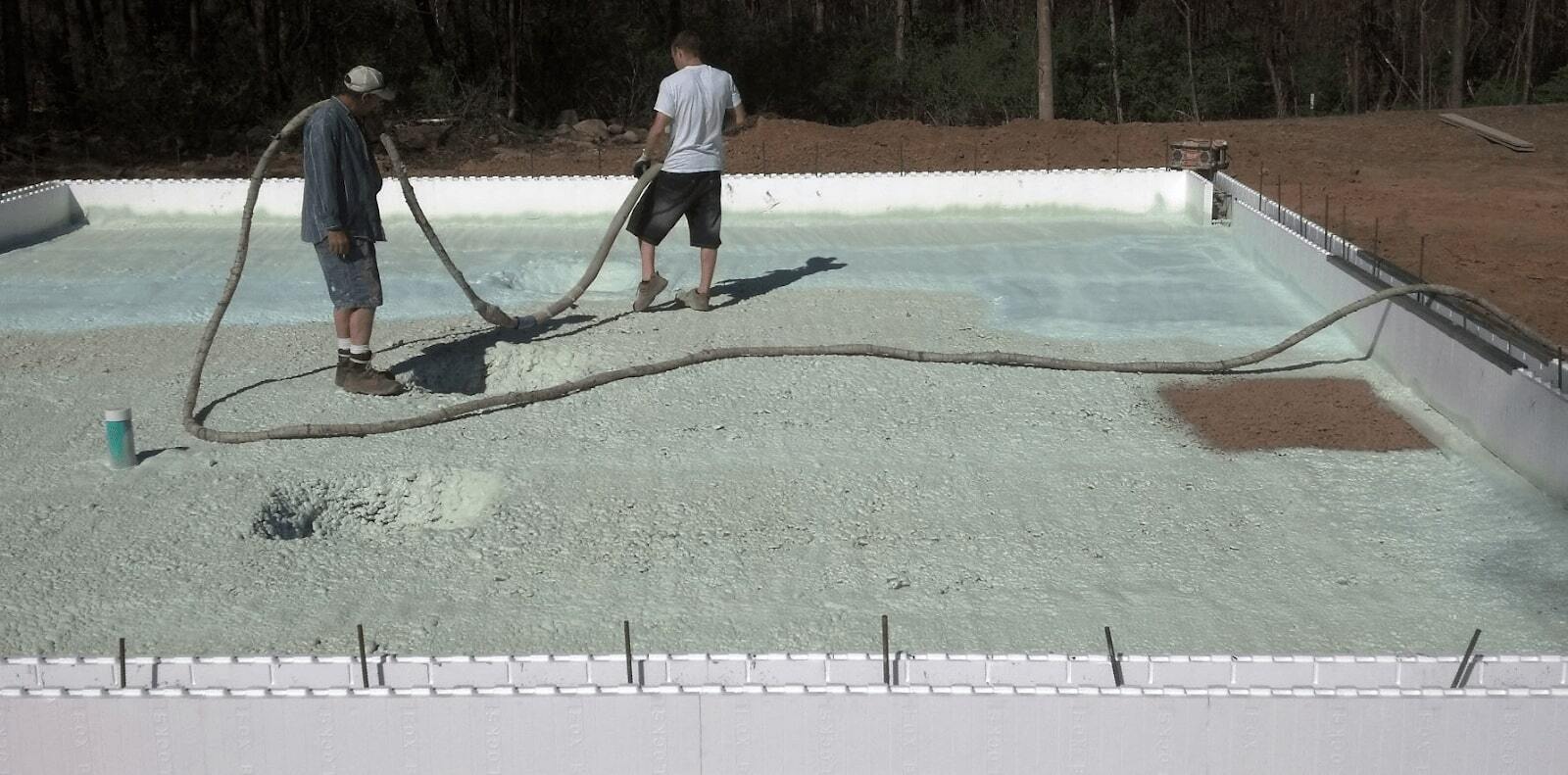
![Can You Mix Metal and Wood Studs? [The Challenges and Alternatives]](https://dogk5k0c5kg4s.cloudfront.net/web/images/banners/Can-You-Mix-Metal-and-Wood-Studs.png?mtime=20231215115908&focal=none)





The clear R‑Value of an Fox Blocks is R22, however current Energy codes recognize the lack of thermal bridging in an ICF and the contribution of the mass concrete on the influence of the thermal performance. Whole wall calculations indicate a Fox blocks wall assembly provides an R24 rating.
The continuous double layer (inside and outside) of insulation, the elimination of thermal bridging and minimal air infiltration through the mass concrete wall assembly, allows Fox Blocks walls to performance in the high performance wall assembly category. Completing the envelope with energy efficient windows and doors and roof insulation, Fox Blocks homes can easily meet and exceed energy code requirements and exceed the minimum requirements for Energy Star and EnerGuide. A Fox Blocks structure requires 44% less energy to heat and 32% less energy to cool.